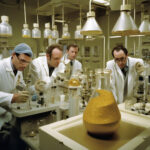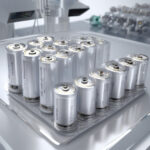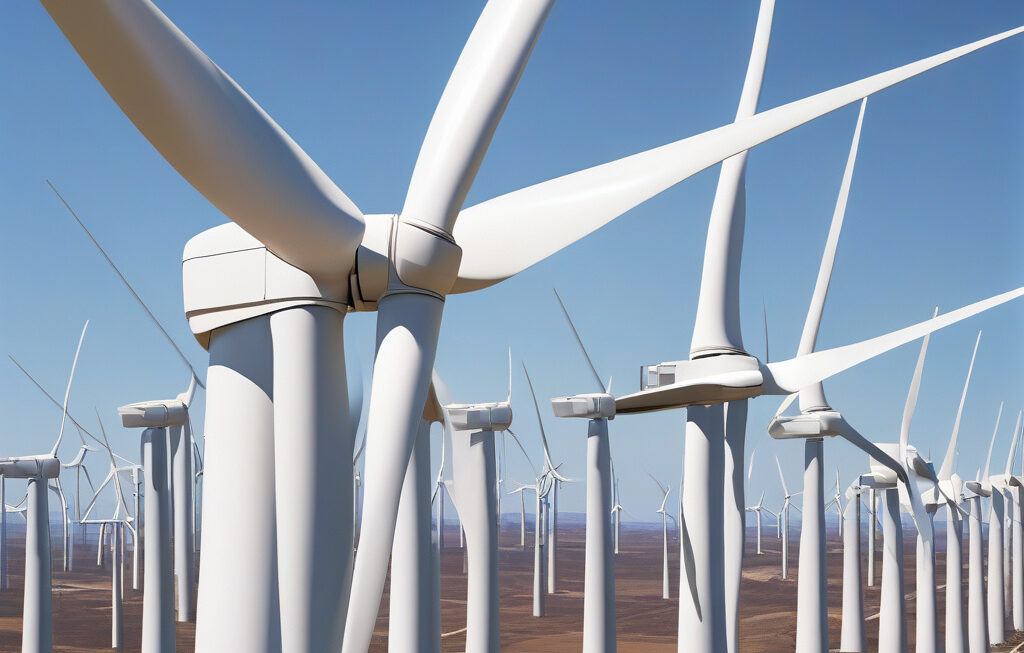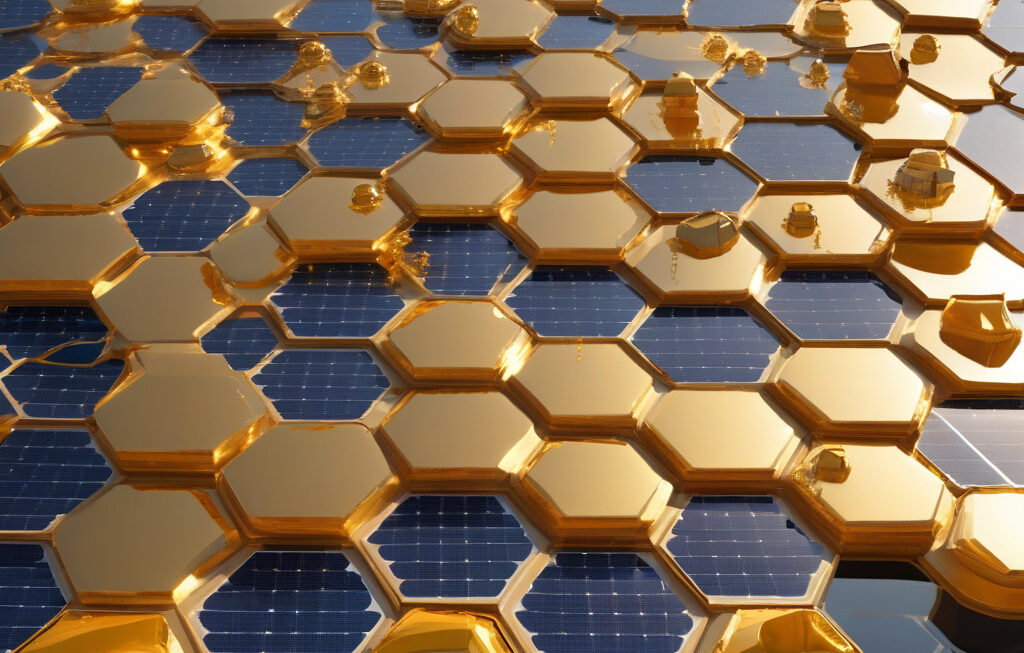Australia’s old solar panels hold more silver than the nation’s biggest mine
Australia may soon recycle solar panels in a way that recovers valuable silver without destroying the precious resource. As the country faces the challenge of managing end-of-life solar panels, researchers have discovered a hidden treasure within these seemingly obsolete devices. In fact, the silver content within Australia’s discarded solar panels surpasses the reserves found in the nation’s largest mine. This groundbreaking finding not only highlights the untapped potential of recycling solar panels but also underscores the importance of sustainable practices in the renewable energy sector.
Silver, a crucial component in solar panel production, plays a vital role in capturing and conducting electricity from sunlight. As the demand for solar energy continues to rise, so does the need for silver. However, traditional mining methods are not only environmentally damaging but also costly. In contrast, recycling silver from old solar panels not only reduces the reliance on mining but also minimizes waste and lowers production costs.
According to recent studies, Australia is on the brink of a silver revolution, with an estimated 6,000 tons of silver embedded in retired solar panels across the country. To put this into perspective, this amount far exceeds the reserves of silver in Australia’s largest operating mine. With the right technology and infrastructure in place, this vast reservoir of silver could be harnessed to meet the growing demand for renewable energy components.
In addition to the economic benefits, recycling silver from old solar panels also aligns with Australia’s sustainability goals. By extending the lifespan of silver and reducing the need for new mining activities, the country can significantly decrease its carbon footprint and promote a circular economy. Furthermore, the recycling process can create new job opportunities and foster innovation in the clean energy sector.
One of the key challenges in unlocking the silver potential of old solar panels lies in developing efficient recycling methods. Current techniques involve dismantling the panels, extracting the silver-coated components, and refining the precious metal for reuse. While this process requires investment in specialized equipment and facilities, the long-term benefits far outweigh the initial costs.
Moreover, by investing in solar panel recycling infrastructure, Australia can position itself as a global leader in sustainable practices within the renewable energy industry. As other countries grapple with the environmental impacts of solar panel disposal, Australia has the opportunity to set a precedent for responsible end-of-life management and resource recovery.
In conclusion, Australia’s old solar panels hold a wealth of silver that could revolutionize the way we view renewable energy resources. By prioritizing the recycling of silver from retired solar panels, Australia can not only reduce its environmental impact but also drive innovation and economic growth in the clean energy sector. As the nation moves towards a more sustainable future, harnessing the silver within old solar panels may hold the key to a brighter tomorrow.
solar, silver, recycling, Australia, renewable energy












